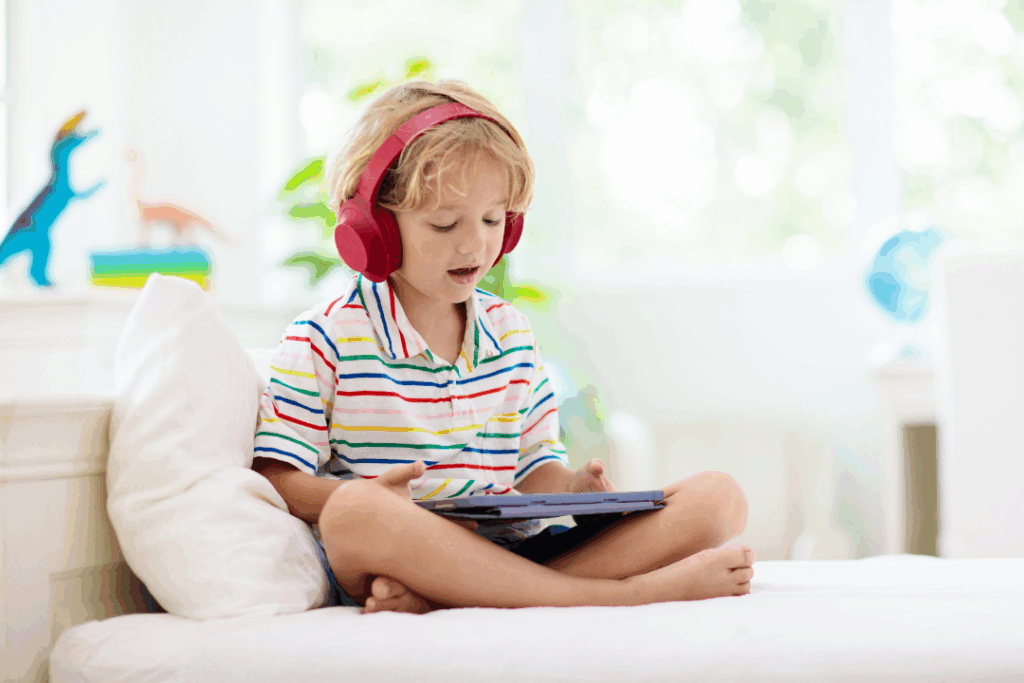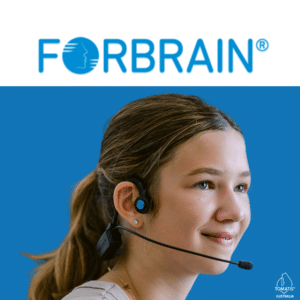Suppose your child hears just fine. Their hearing tests come back normal, yet they frequently say, “What?” or “I didn’t catch that.” Teachers report that students are not following instructions in class, miss key points in group discussions, or seem distracted. But you know your child is smart and eager to learn. So why is there such a disconnect?
This is a common and deeply frustrating experience for families and educators navigating Auditory Processing Disorder (APD). It’s a condition where the brain struggles to make sense of what the ears hear. The ears detect sound just fine, but the brain can’t interpret it quickly or accurately enough, especially in environments filled with noise, movement or competing voices.
What starts as a “listening problem” often grows into something much bigger. Children with APD frequently face academic hurdles, social challenges, emotional setbacks and long-term implications for confidence and self-belief. This article will explore how APD shapes learning outcomes and identity, and how tools like the Tomatis Method, a neurosensory listening approach, may help children reclaim their focus, self-trust, and learning rhythm.
What APD Looks Like in Everyday Life
Auditory Processing Disorder can be challenging to detect at first. Because the child can “hear,” adults may assume they’re just not paying attention. But APD isn’t about hearing loss; it’s about processing delay and misinterpretation.
Here’s what APD might look like in your home or classroom:
- Your child doesn’t respond the first time you speak unless you say their name first and get their attention.
- They struggle to follow multi-step directions, especially in noisy or fast-paced settings.
- They confuse similar-sounding words or mishear common phrases.
- They become anxious or withdrawn in group settings where lots of voices compete.
- They perform better in one-on-one settings but get lost in classrooms.
- They often seem mentally “checked out,” especially by midday.
Let’s imagine a child named Aarav. At home, Aarav is articulate, imaginative, and curious. But in class, he’s zoning out during lessons, fidgeting constantly, or giving irrelevant answers to questions. The teacher assumes it’s a behavioural issue. But what if Aarav simply isn’t processing spoken instructions fast enough, and by the time he catches up, the topic has moved on?
This is what makes APD so slippery. Children are often misjudged as inattentive, lazy, or even defiant, when in reality, their brains are working overtime just trying to keep up.
How APD Affects Confidence and Emotional Development
Over time, APD doesn’t just affect how a child learns, but it also affects how they feel about themselves. Academic confusion, when chronic, often spills into emotional territory.
A child with APD may start to internalise certain beliefs:
- “I am dumb, stupid”
- “Why try if I’ll get it wrong?”
- “Everyone else gets it, what’s wrong with me?”
Imagine you’re a student who repeatedly mishears instructions, answers incorrectly, or gets scolded for “not listening.” Even though you are trying, the outcome doesn’t reflect your effort. Eventually, your confidence takes a hit not because of failure, but because you feel misunderstood.
These experiences can shape a child’s academic identity. They may withdraw from classroom participation or avoid reading aloud. They might gravitate toward subjects or situations where less listening is required. The long-term risk? A brilliant child who underperforms not because of ability, but because of persistent self-doubt.
There’s also a social cost. APD can make it hard to pick up on tone, rhythm, or the fast pace of playground chatter. This can result in missed jokes, awkward interactions, or being excluded from peer groups. Over time, children with APD may develop social anxiety, avoidance behaviours, or even depressive patterns not due to inherent temperament, but from sensory overload and emotional fatigue.




